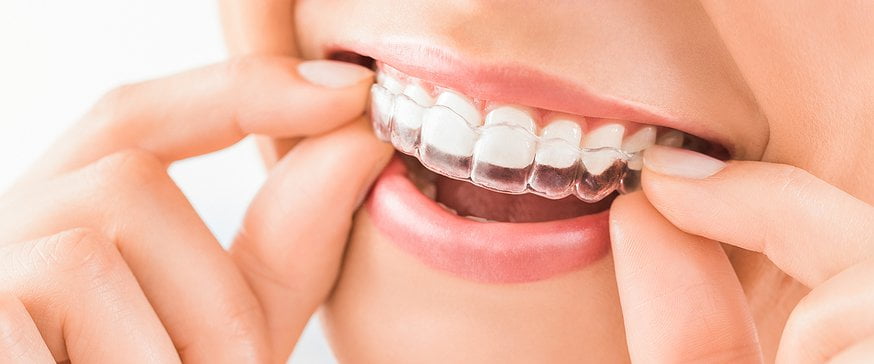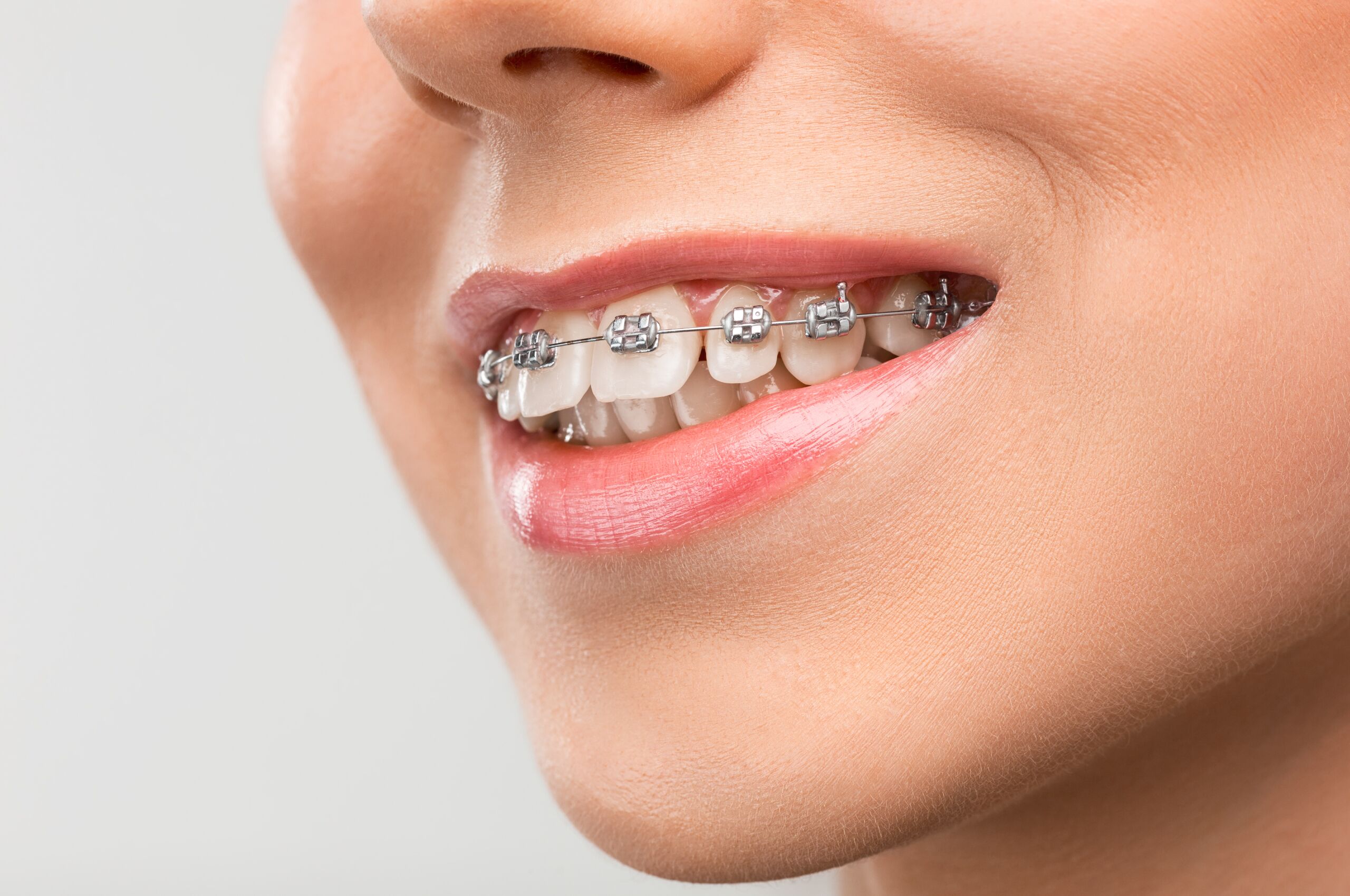All Star Family Orthodontics Fundamentals Explained
All Star Family Orthodontics Fundamentals Explained
Blog Article
Not known Facts About All Star Family Orthodontics
Table of ContentsThe Facts About All Star Family Orthodontics UncoveredThe Ultimate Guide To All Star Family OrthodonticsThe 7-Minute Rule for All Star Family OrthodonticsThe Greatest Guide To All Star Family OrthodonticsThe All Star Family Orthodontics PDFs

In addition, we provide flexible treatment routines, versatile payment options and a fun, satisfying experience.
An orthodontist is a dental practitioner trained to identify, prevent, and deal with teeth and jaw irregularities. Orthodontists function with people of all ages, from youngsters to grownups.
Malocclusion, or misaligned teeth, can cause dental concerns, including tooth decay, gum disease, and difficult or uncomfortable chewing. But not everyone is birthed with straight teeth. If you have a negative bite or large areas in between your teeth, you may wish to seek advice from a dental practitioner concentrating on orthodontic care.
The Ultimate Guide To All Star Family Orthodontics
(Picture Credit Report: DigitalVision/Getty Images) Orthodontists utilize fixed and removable dental devices, like braces, retainers, and bands, to transform the position of teeth in your mouth. Orthodontic treatment is for dental abnormalities, including: Uneven teethBite problems, like an overbite or an underbiteCrowded teeth or teeth that are too much apartJaw misalignmentThe goal of orthodontic treatment is to enhance your bite.
While you may think of orthodontists as primarily for youngsters or teens who need dental braces, they can fix oral issues at any kind of age. Orthodontists attend university, dental school, and orthodontic school.
, yet not all dental practitioners are orthodontists. They concentrate on two areas: Just how to properly and securely move teeth How to properly guide development in the teeth, jaw, and faceOnce an orthodontist has actually finished training, they have the alternative to come to be board accredited.
Facts About All Star Family Orthodontics Uncovered
Imbalance, or malocclusion, is the most common factor people see an orthodontist. Malocclusion is typically treated with: Your orthodontist affixes metal, ceramic, or plastic square bonds to your teeth.
If you have just minor malocclusion, you may be able to make use of clear dental braces, called aligners, rather than traditional braces. Some individuals require a headwear to aid move teeth into line with pressure from outside the mouth. After braces or aligners, you'll require to put on a retainer. A retainer is a custom device that keeps your teeth in location.

You might need to see an orthodontist if you have: Crowding or otherwise sufficient area for every one of your teethOverbite, when your top teeth come by your base teethUnderbite, when your bottom teeth are also far forwardSpacing or concerns with gapsCrossbite, which is when your upper teeth fit behind your base teeth when your mouth is closedOpen bite or a vertical void between your front bottom and top teethMisplaced midline, when the facility of your base and upper teeth don't line up Fixing a dental malocclusion can: Make attacking, eating, and talking easierImprove the proportion of our face and your total appearanceEase pain from temporomandibular joint disordersDifferent your teeth and make them less complicated to clean up, assisting prevent dental cavity or dental caries It's commonly a dentist who first notices misaligned teeth during a routine test.
The Only Guide for All Star Family Orthodontics
During your first orthodontic appointment, you'll likely have: A dental examPhotos taken of your face and smileDental X-raysPanoramic (360 level) X-rays of your face and headImpressions to produce mold and mildews of your teethThese examinations will assist your orthodontist recognize just how to wage your therapy. An orthodontist is a dental practitioner who's had training to treat your teeth and jaw.
Orthodontists are dental practitioners however not all dental practitioners are orthodontists. Orthodontists are focused on your bite, or the method your teeth fit together, and the straightness of your teeth.

This first assessment entails an aesthetic exam of your teeth and attack, X-rays, and possibly also 3D scans. By thoroughly assessing these components, the orthodontist can pinpoint any misalignments, crowding, spacing concerns, or jaw discrepancies. Once a clear image is established, the orthodontist will certainly talk about personalized therapy options. This conversation will cover the kind of dental braces or aligners suggested (conventional metal dental braces, clear aligners like Invisalign, and so on), the projected treatment duration, and any kind of prospective difficulties or side impacts.
Not known Factual Statements About All Star Family Orthodontics
While dental braces are the most typically identified orthodontic treatment, orthodontists have a varied toolkit at their disposal. The details approach chosen depends on the seriousness of the situation, the client's age, and specific preferences. These tried-and-true braces utilize a system of braces adhered to the teeth and connected by wires.
Clear aligners, like Invisalign, are a preferred alternative for people seeking a more very discreet treatment alternative. These detachable trays are personalized to gradually shift the teeth's placement. Headwear may be utilized in combination with braces or aligners to apply additional targeted pressures, especially for correcting jaw discrepancies. In situations of narrow jaws, palatal expanders can be used to produce room for proper tooth positioning.
Report this page